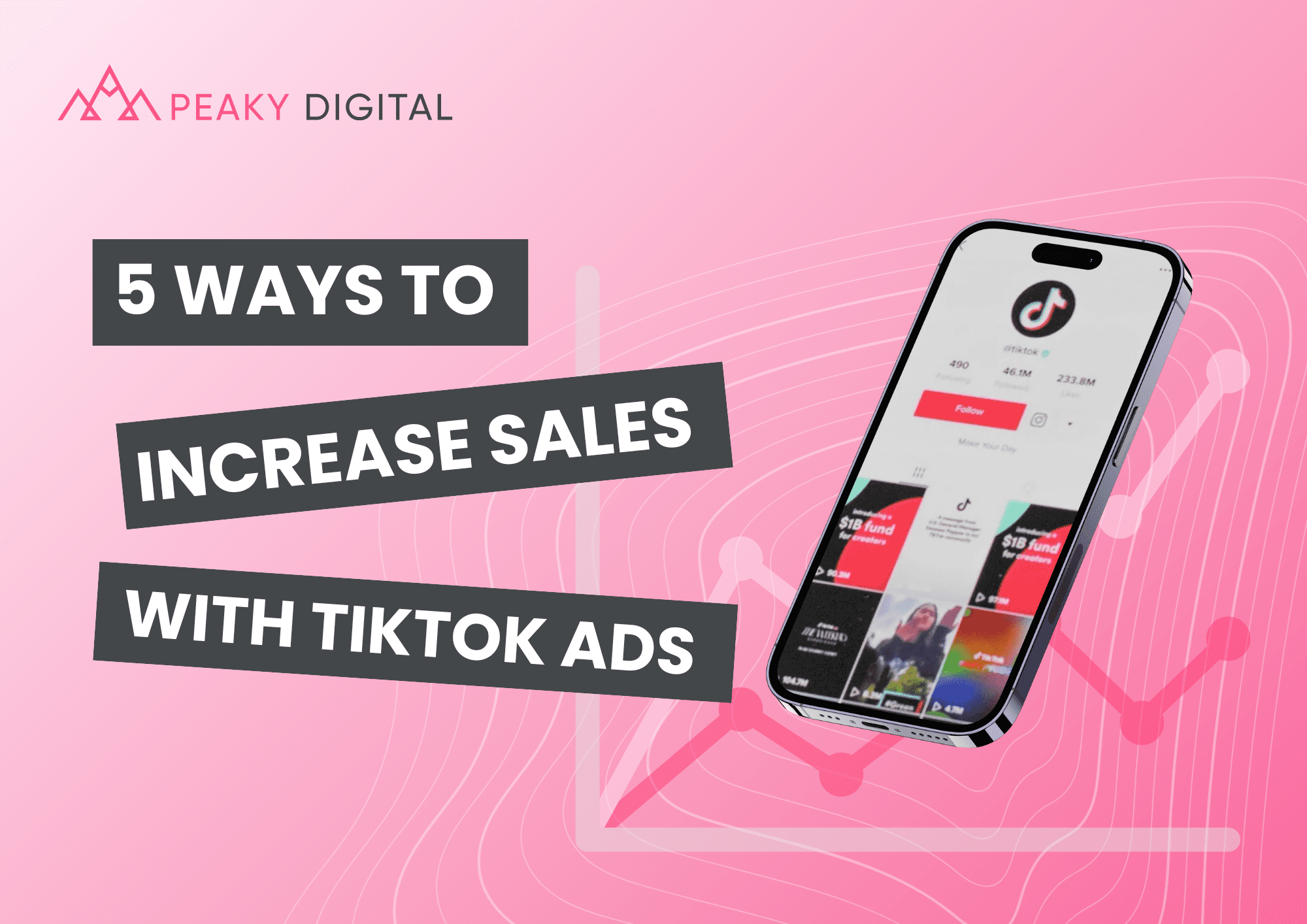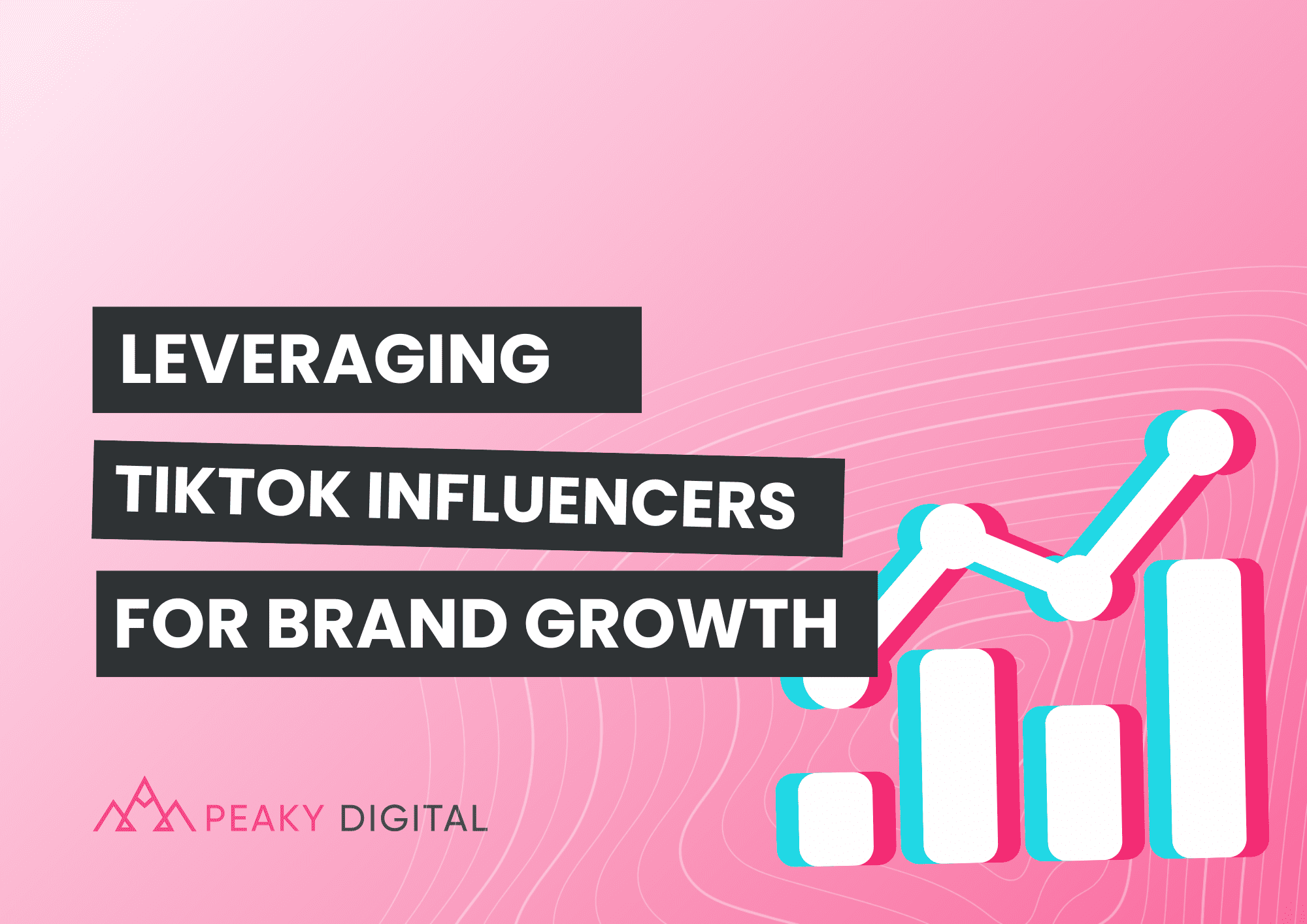
Unlocking New Audiences: Amazon Sponsored TV Ads Arrive in the UK
Jul 26, 2024
At Unboxed 2023 Amazon introduced Sponsored TV, a brand-new self-service advertising format with no minimum spend…
by Justin Prinsloo
Jul 27, 2023

As the digital world expands, competition within the eCommerce landscape grows as well. To help your business stand out, a digital strategy is more essential than ever before.
Digital marketing has become a critical component for businesses seeking to elevate their brands. By harnessing the power of various channels such as PPC, SEO, social media, and email, eCommerce businesses can boost their online presence, attract more customers, and ultimately drive those all-important sales. The question is: how can your brand maximise its eCommerce marketing efforts in such a competitive online environment?
In this blog post, we’ll delve into the importance of digital marketing for eCommerce businesses and provide channel-specific tips, along with guidance on aligning these channels into a cohesive digital marketing strategy.
Before we dig into some channel-specific insights, let’s start with the importance of aligning your strategy across your digital channels.
To cast the net as wide as possible – and ensure said net doesn’t have any holes – it’s crucial that you align your channels from the ground up. Whether you’re leveraging all possible channels already or have just a couple in focus, everyone needs to be singing from the same hymn sheet, so to speak.
Every great digital strategy begins with that timeless marketing question: what are your goals and objectives?
Whether you’re focusing solely on driving conversions or you’re looking to turn users into lifetime customers, this is the best place to start. You might find that each channel has its own goal; for example, your PPC campaigns might be where you get people through the door, but social media is where you want to nurture your audience and turn them into a loyal customer base. Establish your goals, channel by channel, and look at how you can get them working together for the best results.
Cross-channel tracking and attribution are vital to keep tabs on where your website traffic is coming from. Google Analytics is still the king of cross-channel tracking and insights on the user journey. Use advanced tracking methods like UTM parameters, pixel tracking, or multi-channel attribution models to understand your customers better and identify gaps you can fill. With your digital channels, creativity often begins with solid data insights.
Digital marketing is never “one and done”. It requires constant tweaking to ensure your efforts are always aimed where they need to be. So, regularly review and analyse data from each channel to identify areas of improvement and reallocate resources accordingly – this is one area where your tracking will come in useful.
Use analytics tools like Google Ads, Google Analytics and Ahrefs to gain insights into customer behaviour, campaign performance, and return on investment (ROI).
Work to maintain a consistent brand identity across all channels, including your website, social media profiles, and email templates. This goes for your branding as well as your copy; a consistent tone of voice in your messaging will help your users feel at home wherever they find you.
Next, we’ll go through four of the most popular digital channels – PPC, SEO, social media and email marketing – to shine a light on how you can use them to best effect for your eCommerce business.
PPC advertising offers an immediate and targeted way to increase brand visibility and drive conversions. To make the most of your PPC campaigns, consider the following tips:
Read more: Why is Offline Conversion Tracking Important for Your PPC Campaigns?
A robust SEO strategy is crucial for long-term success in eCommerce – to stand the best chance of success, SEO should always be played as a long game.
Here are some tips to optimise your eCommerce site for search engines:
Read more: Top Tips for Optimising Your Amazon Store’s SEO
Social media platforms offer an excellent opportunity to engage with your target audience, build brand awareness, and drive traffic to your eCommerce website.
Read more: The Key Principles for Better Social Media Design
Email marketing remains a powerful tool for eCommerce businesses to nurture leads, build customer loyalty, and drive repeat sales, making it an excellent option for converting users directly from their inboxes.
Read more: Superpower Your eCommerce Email Marketing with These 8 Tips
If this sounds like a lot of moving parts, don’t worry – with reliable digital marketing support, even startup eCommerce brands can establish themselves online and build loyal customer relationships.
To begin building your eCommerce digital marketing strategy, get in touch with our experts today.
Brand awareness, business growth or a bigger and better ROI, our team of digital specialists are here to help you get the most from your brand. Let's start a new partnership today.

Jul 26, 2024
At Unboxed 2023 Amazon introduced Sponsored TV, a brand-new self-service advertising format with no minimum spend…

Jul 26, 2024
Has your eCommerce brand been struggling with a plateau in sales lately? Maybe you’ve found that…

Jul 25, 2024
Although platforms like Facebook and Instagram are staples of social media marketing, TikTok has emerged as…